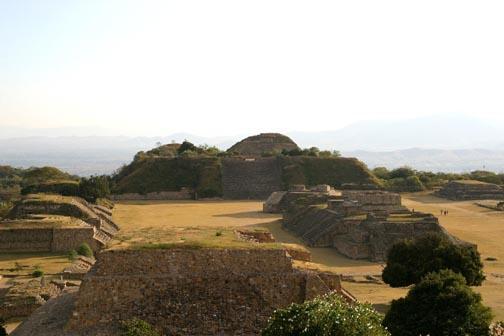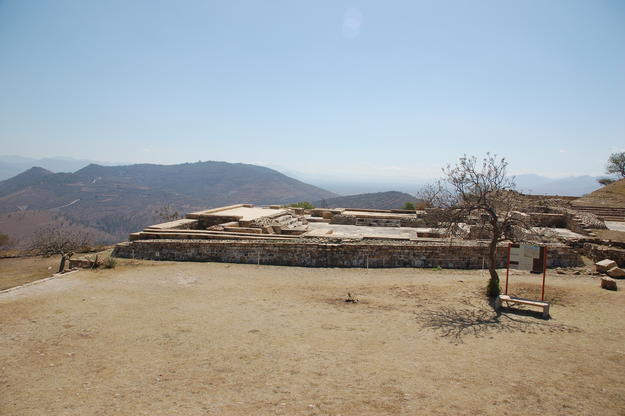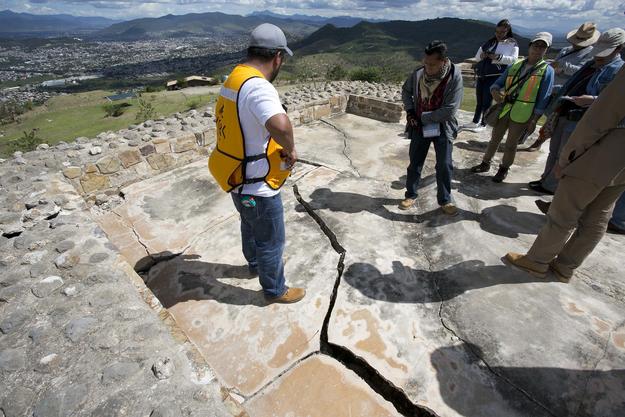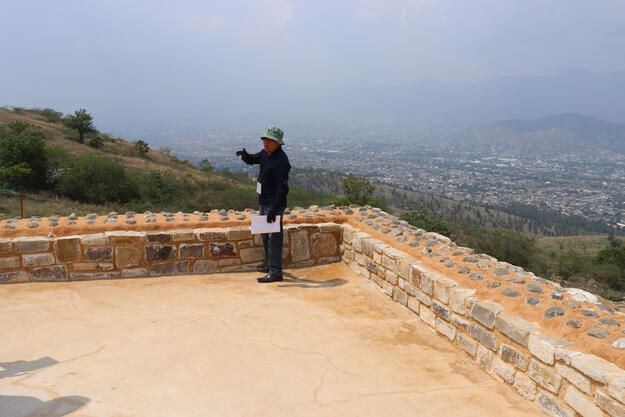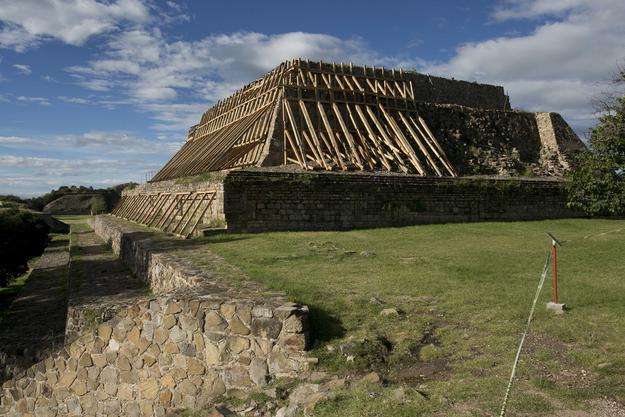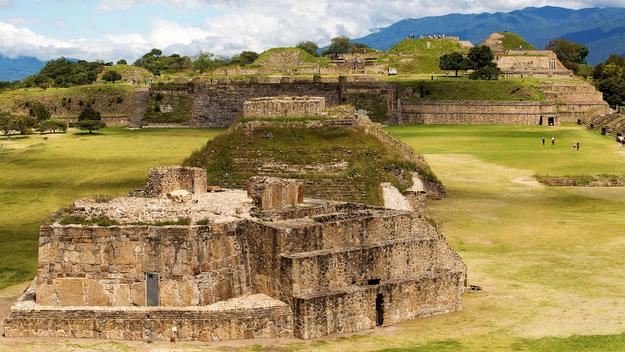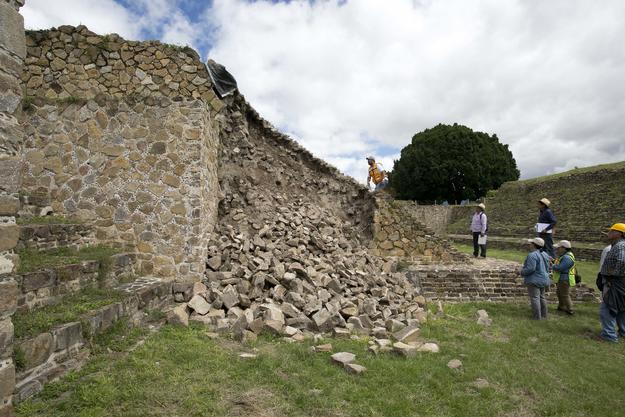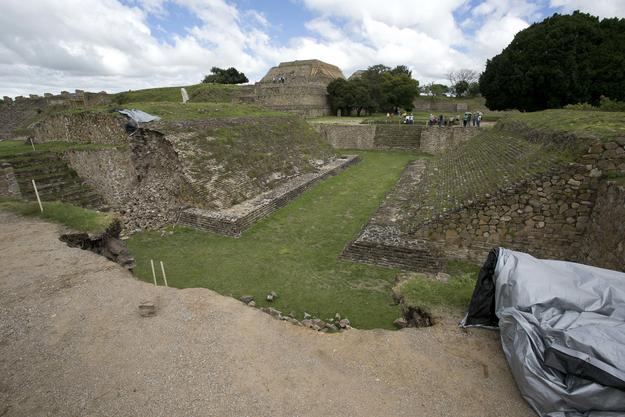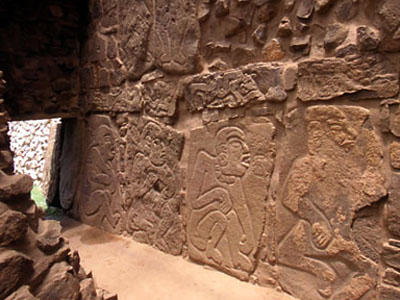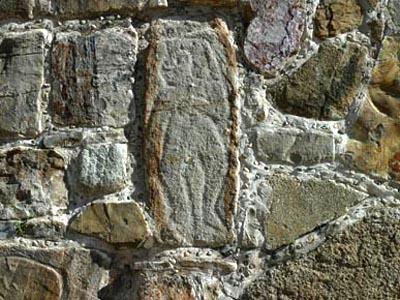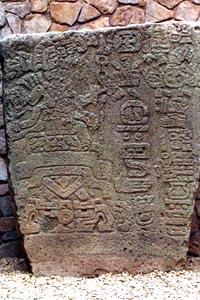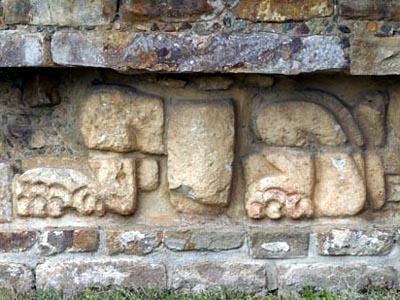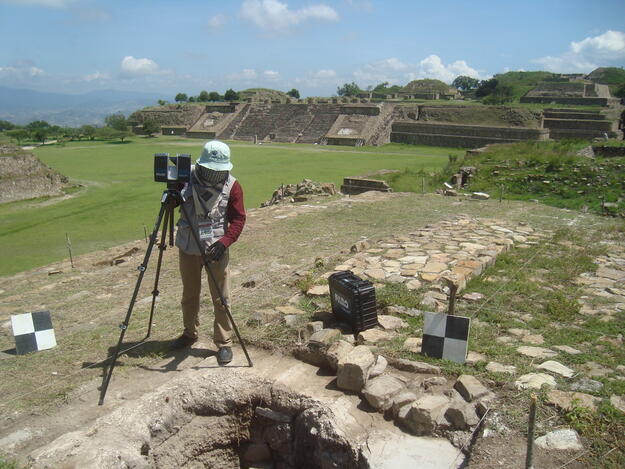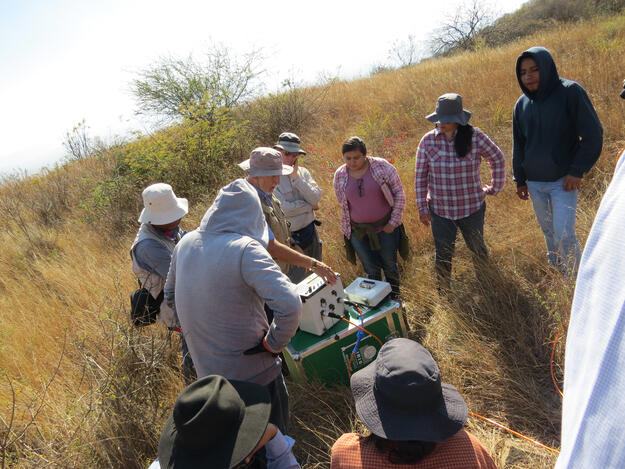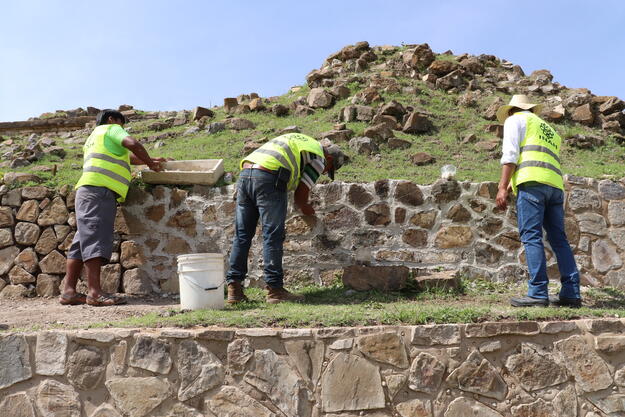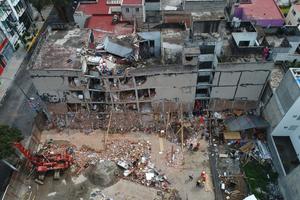Monte Albán Archaeological Site
Site History and Significance
A Major Zapotec Metropolis
Monte Albán is one of the most important archaeological zones in Mesoamerica. An ancient Zapotec metropolis, the site was founded in the sixth century BCE overlooking the city of Oaxaca and functioned as their capital between 500 BCE and 800 CE. Its impressive architectural remains—including terraces, pyramids, and canals—extend over some four square miles (6.5 square kilometers), including structures built around the Great Plaza, the north and south ends of which are anchored by massive platform mounds. As the Zapotec culture declined in the fourteenth century, areas of Monte Albán were occupied by Mixtec peoples.
Our Involvement
2008 World Monuments Watch and the Conservation of Carved Stones
A UNESCO World Heritage site since 1987, Monte Albán was included on the 2008 World Monuments Watch to highlight the various threats affecting the site and as a call for the sustainability of the archaeological zone. Significant insight into the ancient Zapotec civilization can be gleaned from its hieroglyphic inscriptions, but they rapidly have eroded from exposure to the elements as a result of digs. Looting and vandalism also threatened the site’s structural integrity, and an improved tourism management plan was needed to allow visitors to enjoy the site's beauty while keeping clear of vulnerable areas. An added assault to Monte Albán came with forest fires, which decimated much of the buffer zone around the site, destroying native crops, damaging architectural remains, and exposing the site to continuous the encroachment of settlements.
Our work at Monte Albán, supported by the Robert W. Wilson Challenge to Conserve Our Heritage, focused on the conservation, documentation, and interpretation of the site's carved stones and benefited from both public and private sector support. Mexico’s National Institute of Anthropology and History (INAH) and the Alfredo Harp Helú Foundation provided funds for the construction of a laboratory and storage facility needed to implement conservation work. The stones were protected, preventing further decay of the hieroglyphics.
The Disaster Sites of the Caribbean, the Gulf, and Mexico on the 2018 Watch
The earthquakes that affected Mexico on September 7 and 19, 2017, caused damage to heritage in 11 states, including Oaxaca. Monte Albán suffered severe damage from the magnitude-8.2 earthquake on September 7. In the area between the Main Plaza and the Atzompa Monumental Zone to the north, 15 structures suffered structural damage, with a third requiring emergency structural shoring to prevent their collapse.
Monte Albán was again included on the 2018 Watch through the Disaster Sites of the Caribbean, the Gulf, and Mexico, with the goal of mobilizing heritage conservation efforts in the earthquake's aftermath.
One of Eight Sites Awarded Funding by American Express
In June 2018, American Express announced $1 million total in funding to support preservation efforts at eight 2018 Watch sites. At Monte Albán, funds were awarded for a project in partnership with INAH to address long-term stability, including physical conservation, documentation, geological assessment, and capacity building.
For the past 20 years, American Express has given nearly $18 million to help preserve 166 World Monuments Watch sites in 71 countries. It has also partnered with a number of leading organizations to help preserve sites in need, build awareness, and engage the public in preservation efforts across the world.
Building Resiliency to Future Earthquakes
The project Earthquake Recovery, Stabilization, and Conservation at Monte Albán and Atzompa supported a comprehensive study of the damage caused by the 2017 earthquake, integrating geoarchaeology studies and technology to develop a methodology for restoration that would improve the site's resiliency to future earthquakes.
From 2018 to 2021, a multidisciplinary team of local professionals carried out the documentation and study of the damage at the site to determine the correct course of action for long-term stabilization and conservation. This included diagnostics of the structures’ interiors and the ground underneath to gain a deeper understanding of the correct interventions for each structure. The team undertook priority conservation works to protect the damaged buildings from further decay from exposure to the elements, as well as testing other conservation methodologies and seismic reinforcements based on the results of the diagnostics. A project priority was the organization of several training initiatives for site personnel, community members, and students in related fields, focusing on preventive conservation and disaster response at heritage sites to build the necessary capacity to protect the site from future disasters. The project engaged academic institutions like the Earth Sciences Department of the Instituto Tecnológico de Oaxaca (ITO), the 5 de Mayo School of Architecture of the Universidad Autónoma Benito Juárez de Oaxaca (UABJO), the Geophysics Institute of the Universidad Autónoma de México, and researchers from INAH's Consejo de Arqueología y la Coordinación Nacional.
In 2022, WMF supported a digital and print publication of the project activities. The innovative technologies and collaborative approach used in the project, linking multiple disciplines, agencies and generations, can serve as a model for other archaeological sites in seismic areas.
Learn More
World Monuments Fund safeguards cultural heritage around the globe, ensuring our treasured places are preserved for present and future generations.
Sign up for our newsletter to receive regular updates on our projects, stories from the field, upcoming events, and more!
![]()
This project has been supported, in part, by American Express, the Wilson Charitable Trust, and Rockefeller Brothers Fund, Inc.

